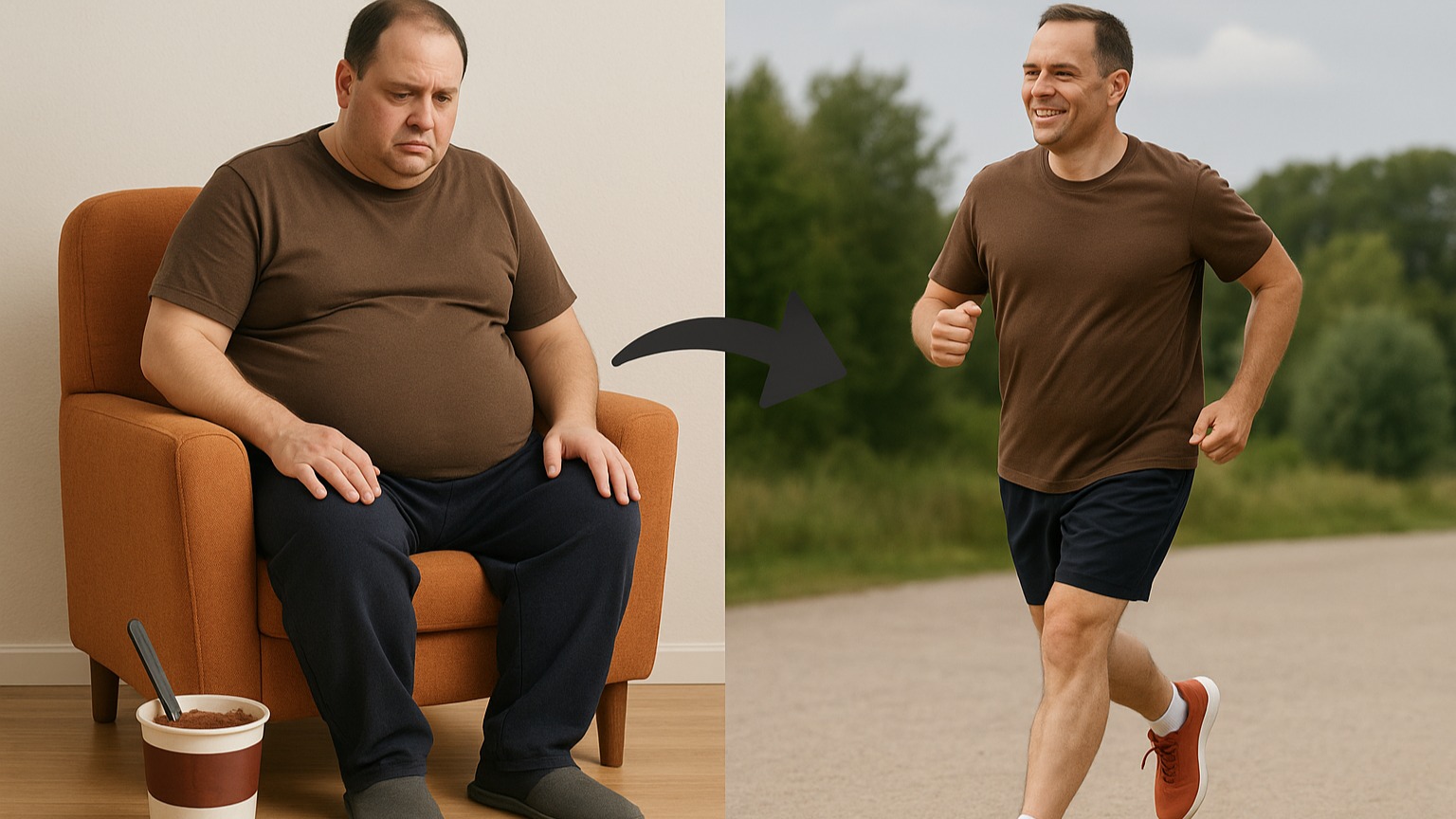Modern life often makes it easy to stay still: long hours at a desk, cars for transportation, endless entertainment at our fingertips.
But physical inactivity comes with serious consequences for our body, mind, and overall well-being.
The good news? It’s never too late to move more, rebuild strength, and protect your health.
In this article, you’ll understand the risks of sedentary living—and discover simple ways to reclaim your vitality through movement.
1. What Happens to Your Body When You’re Inactive?
When we sit or stay still for long periods daily, it affects nearly every system in the body:
- Muscle loss: Muscles weaken, losing strength and tone over time.
- Weight gain: Metabolism slows down, making weight management harder.
- Poor circulation: Blood flow decreases, raising the risk of blood clots and cardiovascular problems.
- Reduced bone density: Bones weaken, increasing the risk of osteoporosis.
- Higher blood pressure and cholesterol: Leading to a greater risk of heart disease.
- Increased inflammation: Raising vulnerability to chronic diseases.
- Mental health decline: Higher risk of anxiety, depression, and cognitive decline.
Inactivity literally ages your body faster.
2. How Inactivity Affects Mental and Emotional Health
Movement isn’t just for the body—it’s essential for the mind too.
Physical activity:
- Boosts serotonin, dopamine, and endorphins (the “feel-good” chemicals)
- Reduces stress hormones like cortisol
- Improves memory, focus, and learning
- Enhances sleep quality
When we’re inactive, mood regulation weakens, and energy levels drop.
3. Warning Signs of a Sedentary Lifestyle
You might be more sedentary than you think if you:
- Feel tired most of the day
- Experience frequent back or neck pain
- Have low motivation or mood
- Notice weight gain or muscle loss
- Get out of breath easily doing basic activities
If these sound familiar, don’t panic. Small changes can lead to big transformations!
4. How to Start Reversing Sedentary Habits
You don’t need extreme workouts or gym memberships to get moving again.
Start small:
- Stand up and stretch every 30–60 minutes
- Take short walks—5–10 minutes counts!
- Use stairs instead of elevators
- Park farther away or walk part of your commute
- Do simple home exercises like squats, push-ups, or yoga
- Dance to a favorite song while cooking or cleaning
Motion leads to motivation. The more you move, the more energy you’ll build.
5. Set Realistic Movement Goals
Think in terms of consistency, not intensity.
Aim for:
- 150 minutes of moderate exercise per week (like brisk walking, cycling, swimming)
- Or 75 minutes of vigorous activity (like running, HIIT workouts)
- Plus 2 sessions of muscle-strengthening activities (bodyweight training, resistance bands)
Tip: Break it into manageable chunks—10 to 20 minutes at a time is fine!
6. Find Movement You Enjoy
Exercise shouldn’t feel like punishment. Find activities you actually like:
- Hiking in nature
- Dancing
- Group fitness classes
- Swimming
- Martial arts
- Yoga or Pilates
- Playing a sport
When movement is fun, it becomes sustainable.
7. Focus on Daily Movement, Not Just “Workouts”
The key is building an active lifestyle—not just exercising once a day and sitting the rest.
Look for little ways to move:
- Stretch while watching TV
- Walk during phone calls
- Bike to errands instead of driving
- Play with pets or kids outside
Every move matters.
8. Stay Consistent and Gentle with Yourself
If you’ve been inactive for a while:
- Start slowly to avoid injury
- Celebrate every effort—even a 5-minute walk is progress
- Build gradually toward longer or more intense activities
- Listen to your body and rest when needed
Consistency builds strength. Self-compassion keeps you going.
Movement Is Medicine
Your body was designed to move—not perfectly, but joyfully, naturally, consistently.
You don’t have to run marathons to be healthy. You simply have to move more today than yesterday.
Start with one small step. Your heart, muscles, bones—and your future self—will thank you.
